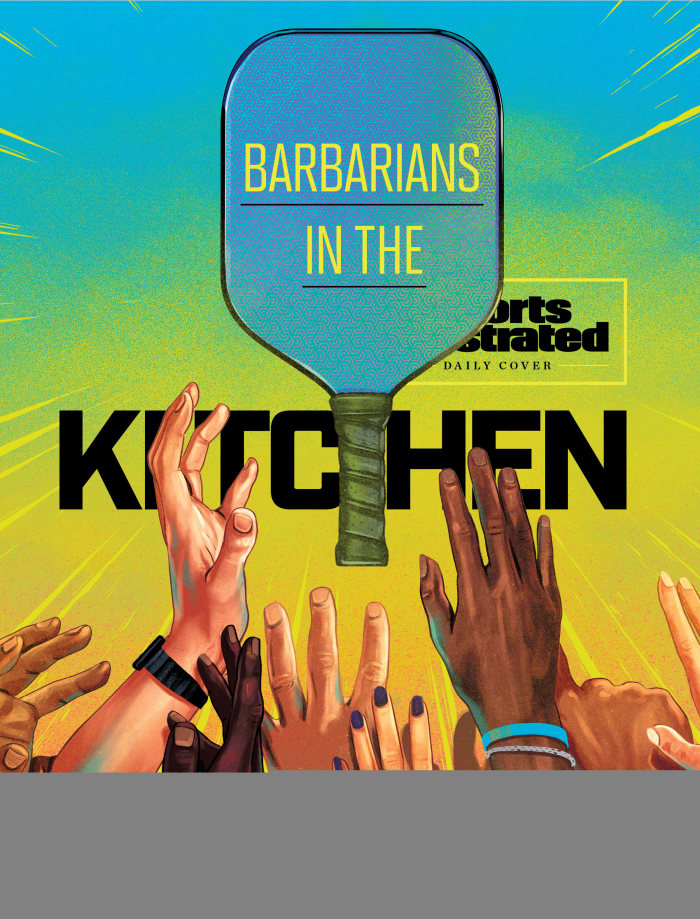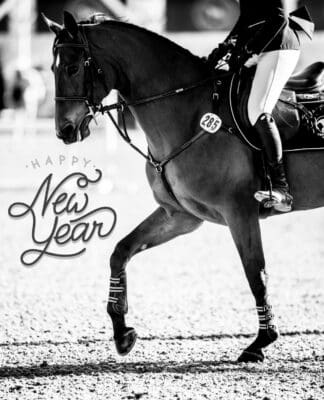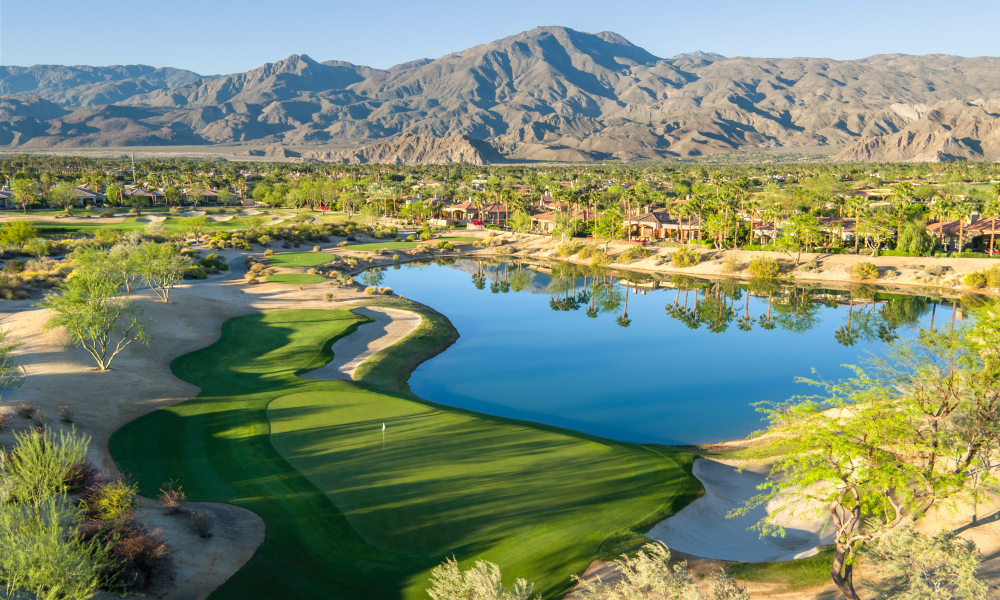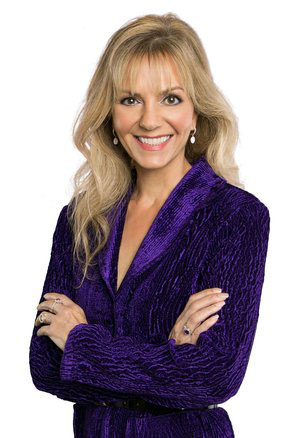Pickleball Is Hot in the Valley
By Morgan Evans
Once upon a time, there were four pickleball courts in the Coachella Valley desert. Cahuilla Park in Palm Desert was one of the early oasis facilities. Fast forward eight years and the growth of the game can be seen in every park, country club, and gated community. The valley became a hotbed of pickleball activity, culminating with one of the world’s leading sports venues, The Indian Wells Tennis Garden hosting the Margaritaville National Pickleball Championship.
If you are already an avid player wondering where to get your fix or perhaps a tennis player looking to relive former glory then here’s a handful of the top destinations around the desert.
In the category of public parks, there are really only three hotspots that most pickleball junkies frequent. In the Palm Springs area, Demuth Park on Mesquite Ave is the place to go. With 12 courts and a delightful crowd of locals, you’ll be sure to get a good game and plenty of laughs along the way. Heading east on Country Club Drive is the famous Freedom Park. This eight-court public facility was the evolution from the original offering in the Desert, Cahuilla Park. The city recently made some very welcome upgrades to allow for more seating, extra room around the courts, and most importantly, some of the best lighting you’ll find outside of Indian Well Tennis Garden. During peak season from approximately 8 am - 11 am each and every morning and after 5 pm in the afternoon you’ll find an eclectic bunch battling for bragging rights. South of Freedom Park, nestled near the La Quinta Cove is the last little gem in the public arena, Fritz Burns Park on 52nd Ave boasts 8 courts, and much like Freedom Park, it attracts a nice mix of newcomers and seasoned players alike.
There is no shortage of private and semi-private pickleball options around the desert, the old adage ‘If you build it they will come’ is alive and well. Pickleball is now a staple part of every major country club and gated community from Palm Springs to Indio and beyond. All of the most exclusive clubs have courts and member play, however, there is a handful that stand out for having more active programs and tuition available.
Indian Well Tennis Garden can’t really be mentioned in the same light as the others, although it does host the national championships in November. Its pickleball courts only exist for that period and therefore can’t be considered a club, per se. Let’s start off on the eastern part of the Valley with PGA West in La Quinta, CA’. Known predominantly for its world-class golf courses, PGA West has 16 Pickleball courts and a drop-in fee for guests of members. If you’re in the market for something closer to the heart of the desert then Desert Horizons Country Club, off Hwy 111 is certainly worth checking out. This little gem is also home to Kim Jagd, one of the game’s best Senior Pro players and this writer’s first- ever mixed doubles partner. Tennis and Pickleball lessons are available with the resident coach Caroline Vis, former top WTA player. Speaking of great players, Sherri Steinhauer, former LPGA great and budding senior pro pickleball player is an honorary member and wonderful ambassador to the game and her stomping grounds, Mission Hills Country Club. With 12 courts, and lessons available from former WTA player, Anna Maria Ruffles, as well as veteran Ric Moore, Mission Hills caters to most levels and also has league play.
Toscana Country Club offers a luxury setting, befitting of its exclusive membership in all its sports offerings, pickleball being no exception. With six courts, superb lighting, and competitive league play, Toscana is a great experience, especially for night play. Just north is another pickleball haven, Indian Ridge Country Club. Legend of the Desert, Randy Berg and newly appointed head professional, Mathew Yavorsky handle programming with ease and sunny disposition. Indian Ridge CC has seven courts and offers lessons, competitive play, and entertaining exhibition matches. Right next door is the former home to Marcin Rozpedski, The Lakes Country Club. As the world’s number one singles player during the years 2015 - 2017, Rozpedski grew the program leaps and bounds. Donnie Felich, a 5.0 player and top instructor now runs the program with nine permanent courts used year-round.
We have saved the best to last because let’s be honest, if you were just told about Palm Desert Resort Country Club at the beginning, then you may not have kept reading. PDR, as it’s referred to, is the best of both worlds. It’s a private club, for the public, offering yearly, monthly, and even weekly memberships to one and all. With 24 courts and over 700 members, PDR is truly the heart of Pickleball in the Valley. Regular league play, round robins, clinics, camps, and private lessons are all available. The best of the best come to practice with their peers and you’ll find some of the best teaching alongside a team of highly qualified coaches, all under the watchful eye of the incomparable Charis Romano.
The Coachella Valley has always been known for golf and tennis. Slowly but surely, and thanks to the variety of people and facilities like those aforementioned, it’s also become one of the world’s most endearing pickleball meccas.
Morgan Evans is a Selkirk Pro and Team Coach. He is also a commentator for the Professional Pickleball Association and the co-founder of coachmepickleball.com.
DesertGolf&tennis • AprilMay2022 31
Click here for Global Pickleball Network List of Courts updated Jan 2024























